The thermostatic expansion valve, sometimes known as a TEX, TEV or TXV, is a critical piece to influence the efficiency of your Blue Bell air conditioning and refrigeration units. A tiny sensor controlling the evaporating phase of process, the valve can have a big effect.
Cool air is manufactured by a re rapid movement of a refrigerant between liquid and gaseous states. Compound chemicals that are able to do this at a low temperature are compressed and expanded, absorbing and releasing heat at different points along the way. The TEV controls the flow of the refrigerant into the evaporator coils according to the temperatures of the various ingredients.
Cool Air 101
To condition air, the refrigerant, most often freon or another fast acting, low temp compound, evaporates into a gas that runs through a coil and absorbs heat. Passing through a compressor, the freon condenses under pressure back into a liquid again and releases the heat, becoming cool enough to chill a party.
Too much freon in the evaporator tube and the pressure is not low enough to expand to gas and absorb heat, working inefficiently for no gain. Too little freon and the conversion is also ineffective by not reaching the density needed to condense.
There are four types of valves with different benefits for different types of cooling environments. With its ability to adjust minutely to changing conditions, the thermal expansion valve creates the perfect mixture of pressure and freon for more complicated systems.
At the Starting Gate
An interactive device, the valve senses the evaporator pressure and temperature and adjusts the flow of the refrigerant so as to maintain a given “superheat”, the difference between the refrigerant vapor temperature and its saturation temperature. By controlling superheat, the TEV keeps nearly the entire evaporator surface active while not permitting liquid refrigerant to return to the compressor.
Some valves operate on an electrical impulse from sensors that can measure the temperatures. Others are open all the time. The thermostatic expansion valve actually utilizes the pressure between the two sections to open or close itself, regulating flow based on the very same pressure it is designed to moderate.
Like the buildings they comfort, Blue Bell central air conditioning systems are varied and diverse. There are nearly as many thermostatic expansion valves as there are units to receive them. Call Carney Plumbing, Heating & Cooling today if you need any air conditioning service in the Blue Bell area!

